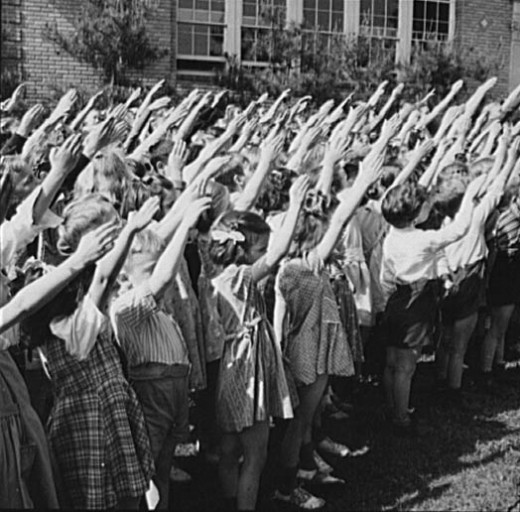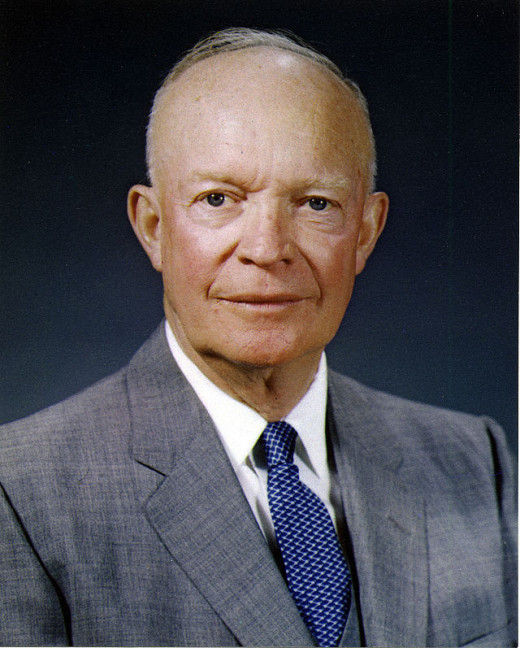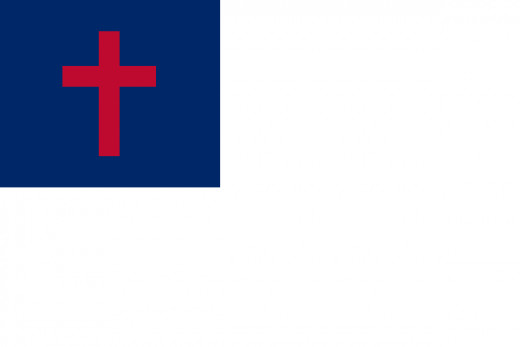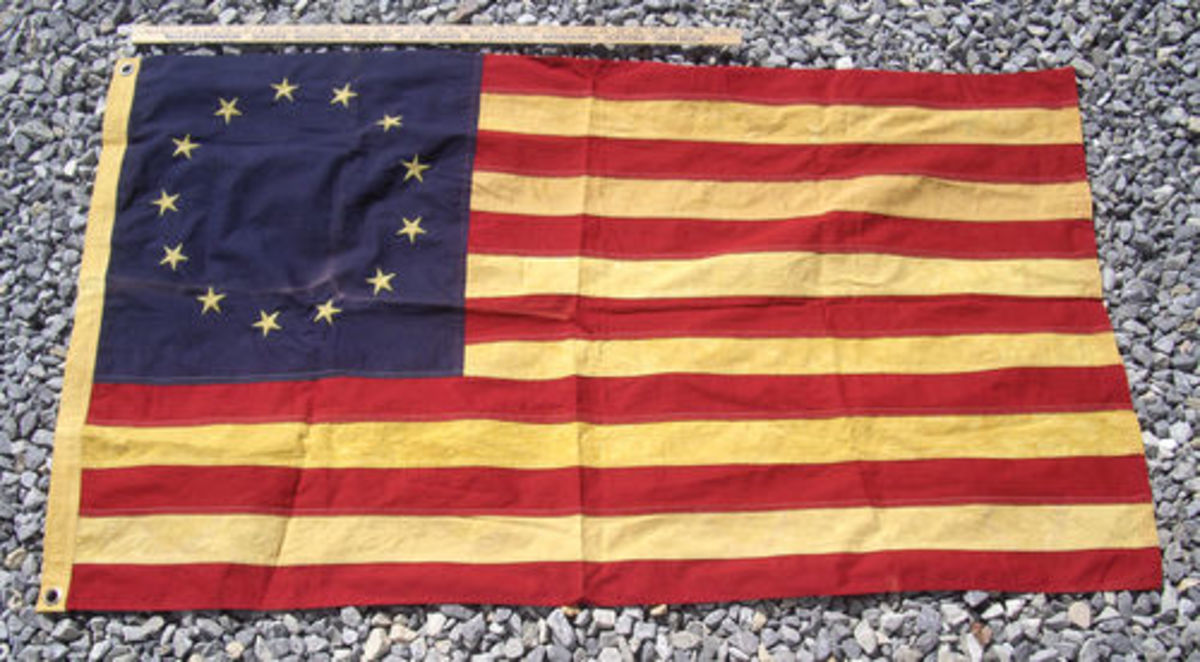Pledge of Allegiance - what, why and when?
Key Facts
- The Pledge was written by Francis Bellamy a socialist minister in 1892.
- He wrote it to apply to any Country.
- In 1923 the words "the Flag of the United States of America" were added.
- The Pledge was formally adopted by Congress in 1942.
- In 1954 the words "under God" were added.
- The original salute described by Bellamy was a military salute - after reciting the words "to the flag" the arm was extended to the flag.
- In WW2 the salute was changed to keep the right hand over the heart throughout the pledge.
Moving to the US as an adult, my first introduction to the Pledge of Allegiance was through my children's experiences at school. During a morning announcement the students in class stood turned to the flag and with a hand on their heart, they all joined in saying the pledge along with the announcer. Initially my kids were not able to explain to me why this daily event happened, the meaning behind it or why it happened every day, everyone just ‘joined in and did it’. In fact during kindergarten my 5 year old, not understanding all the vocabulary and being unable to say the word indivisible, used her own 'version' of the pledge, unaware of the meaning behind what she was saying. So with no experience of my own to share we set about finding out the history, meaning and use of the Pledge.
Origins of the Pledge
Francis Bellamy wrote the Pledge of Allegiance in August of 1893, and it was published in a children's magazine called The Youths Companion as part of the National Public School Celebration of Columbus Day. The idea for the event, created by James B. Upham, was to encourage the idea of American nationalism in students and to sell American flags in public schools.
Bellamy wanted the pledge to be quick and consequently easy to remember. The original Pledge being
"I Pledge allegiance to my Flag and the Republic for which it stands, one nation, indivisible, with liberty and justice for all."
Bellamy originally wanted to include the words equality and fraternity but decided against it.
In June of 1892 Congress and President Harrison announced a proclamation making the public school flag ceremony the center of the Columbus Day celebrations. On October 12th 1892 the Pledge was first used in public schools during the Columbus Day celebrations.
Saluting the Flag
In Bellamys original Pledge a salute was added in the middle of the Pledge. The Bellamy salute began with the hand outstretched towards the flag, palm down, and ended with the palm up. In 1942 because of similarities to the Nazi salute, Congress introduced the hand over the heart gesture during the Pledge of Allegiance and the National Anthem.
A group of U.S. schoolchildren performing the old-style Bellamy salute

Addition of 'Flag of the United States'
In 1923 the words 'my Flag' were changed to 'the Flag of the United States' after the National Flag Conference felt new immigrants would not confuse their loyalties. A year later 'of America' were additionally added. In 1942 The United States Congress recognized the Pledge officially. The official Pledge being:
I Pledge Allegiance to the flag of the United States of America, and to the Republic for which it stands, one Nation indivisible, with liberty and justice for all.
Dwight D. Eisenhower

Addition of 'Under God'
On February 12th 1948 Louis Bowman, an attorney from Illinois, led the Sons of the American Revolution in swearing the Pledge of Allegiance with 'under God' added, claiming the words came from the Gettysburg Address. In 1951 the Knights of Columbus, a Catholic fraternal service organization also began using 'under God' in their Pledge of Allegiance.
Eisenhower signed a bill in law on June 14th 1954. Eisenhower stated
"From this day forward, the millions of our school children will daily proclaim in every city and town, every village and rural school house, the dedication of our nation and our people to the Almighty"
The Pledge
Do you think the Pledge has a place in Schools?
When is the Pledge Said?
The Pledge is generally said at the beginning of each day at school. It can be on the loudspeaker, lead by a student or on the School TV announcement. No student is required to say the pledge and can opt out if they so choose.
What does Saying the Pledge Mean?
Many Americans believe that saying the Pledge is a mark of patriotism, it is a way of showing loyalty and feeling proud to be an American. The thought is that the pledge of allegiance, recited on a daily basis in schools, directs students into thinking more deeply about its meaning and significance. It encourages students to think about their roles as citizens and to inspire curiosity about their country. If it is taught from an early age in a language young children understand, they develop a sense of loyalty and patriotism.
Modern Day Pledge of Allegiance
States that Include the Pledge in the School Day
At the discretion of the school board and staff members, all states except Hawaii, Vermont, Iowa, Oklahoma and Wyoming include time in the schedule for the Pledge.
American Flag
Pledge of Allegiance
Example of Conflict with the Pledge
In 2006 a federal district court in Florida rules that a 1942 law requiring students to stand and recite the Pledge of Allegiance violates the First and Fourteenth Amendments of the Constitution. A Florida school district was ordered to pay $32,500 to a student. The student had been ridiculed and called unpatriotic by a teacher when they chose not to say the pledge.
Criticisms of the Pledge of Allegiance
There have been several prominent legal challenges to the Pledge of Allegiance as part of the school day. The phrase 'under God' has been viewed by some as against their rights to freedom of religion and some religious groups believe they should not swear loyalty to any power other than God, calling for the removal of the Pledge from schools. Some argue that the pledge has no place in the classroom and students should not be asked to take a loyalty oath in front of peers.
Christian Flag

How the Pledge has influenced other Pledges
In New York in September 26th 1897 Charles C Overton, a Sunday School Superintendent talked about flags and their symbolism. He proposed that Christians should have their own flag. In 1907 Overton worked with Ralph Diffendorfer who was the Methodist Young People's Missionary Movement to produce and promote a flag.
The flag they designed had the same colors as the American flag:
White - represents purity and peace
Blue - represents fidelity
Red - represents Christ's blood sacrifice
The first pledge to the Christian flag was written by Methodist pastor Lynn Harold Hough -
"I pledge allegiance to my flag and the Savior for whose kingdom it stands; one brotherhood uniting all mankind in service and love." Conservative churches generally use a more detailed version: "I pledge allegiance to the Christian flag, and to the Savior for whose kingdom it stands; one Savior, crucified, risen, and coming again with life and liberty to all who believe."
In conclusion, the Pledge is a mark of patriotism, it is a way of showing loyalty and feeling proud to be an American. Recited on a daily basis in schools, it directs students into thinking more deeply about its meaning and significance. It encourages students to think about their roles as citizens and to inspire curiosity about their country. If it is taught from an early age in a language young children understand, they develop a sense of loyalty and patriotism.
© 2014 Ruthbro







